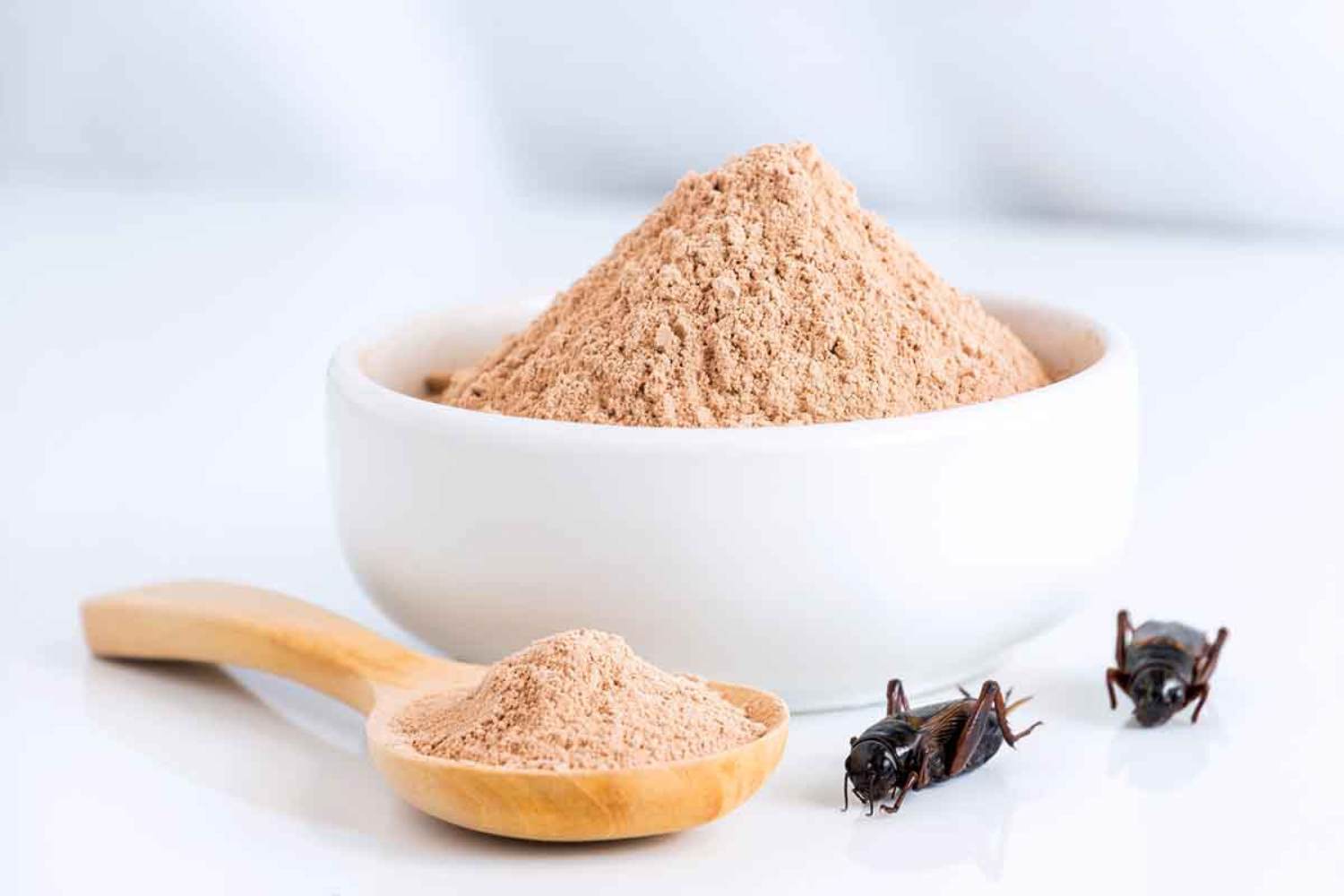New UK study reveals insect flour has 6x higher climate impact than soy due to energy-intensive processing, challenging its role as sustainable protein alternative.

Table of contents
In recent years, insect flour has been frequently touted as one of the most promising solutions for reducing the environmental impact of food production. This alternative protein source, innovative and full of potential (though heavily opposed somewhere), has found growing space in debates about novel foods, cultured meat, and future protein sources, especially in the United Kingdom, which leads these discussions. But now new scientific research is putting the brakes on the enthusiasm.
According to The Times, eating insects may not be a good idea from a climate perspective. A recent study commissioned by the UK’s Department for Environment, Food and Rural Affairs (Defra) is challenging the sustainability of insects as food. The research, conducted by consulting firm Ricardo, focused specifically on protein production from black soldier fly larvae (Hermetia illucens), used to obtain protein flours for both human and animal consumption.
The stark reality of processing
The result is clear: even when these larvae are raised on food waste – a method that should theoretically increase sustainability – their climate change impact is six times higher than soy protein production and nearly double that of fish. The main reason? The industrial processes needed to transform larvae into flour: refrigerated transport, sterilization, and drying, all extremely energy-intensive operations.
The situation gets even worse if commercial feed is used instead of food waste to nourish the larvae: in this case, the climate impact can be up to 14 times greater than soy.
When compared to beef or pork production, insect farming remains less impactful. However, the study emphasizes that there are insufficient environmental reasons to promote including insects in human or animal diets, unless there’s strong consumer preference.
Efficiency vs. energy intensity
Among the strongest arguments favoring insect consumption is their high efficiency in converting food into protein: consider that to obtain the same amount of protein, a cricket needs much less water than a cow or chicken. Additionally, the possibility of feeding them food scraps potentially contributes to waste reduction.
But as Ricardo researchers clarified, these advantages risk being nullified if the production cycle isn’t optimized, particularly from an energy perspective. Without renewable energy sources and low-consumption technologies, the insect industry could worsen rather than improve the climate crisis.
High costs and cultural barriers
Beyond environmental concerns, insect flour faces two additional obstacles: costs and prejudices. Production systems are still too expensive to compete with traditional proteins, and in Western countries, insect consumption continues to provoke distrust, if not outright disgust, among consumers.
In short, despite efficiency in resource use and prospects related to waste management, it appears that insect flour – at least for now – cannot be considered a truly sustainable solution. Its environmental impact, high costs, and social acceptance difficulties severely limit its effectiveness as a “green” alternative, at least according to this latest research.
The path forward
The British study reminds us that sustainability isn’t just about resources used, but also how processes are managed. For insects to truly become an integral part of a more ecological food system, it will be necessary to invest in cleaner technologies, reduce the energy intensity of processes, and overcome cultural and commercial obstacles.
Until then, it seems that insect burgers will remain more of a promising idea than an actual solution.
